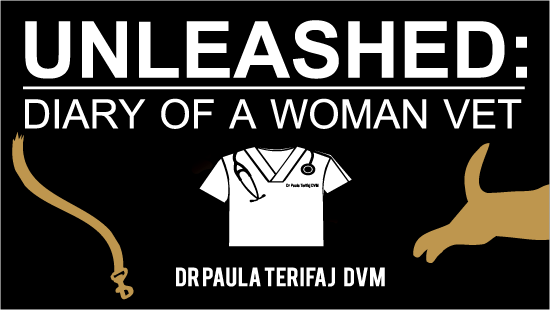“The problem lies not so much in developing new ideas, but in escaping from old ones.”
– John Maynard Keynes
In 2012, Cancer as a Metabolic Disease was published by Dr. Thomas Seyfried, PhD.[1] Hired by a drug company ten years earlier, Seyfried stopped dead in his tracks when a drug he was testing did the unexpected. Here’s the question that would ultimately change the course of his research: How did mystery drug X (which was not being developed as a cancer treatment) wipe out the tumors in his lab rats? With intense interest, Seyfried dug into the biomechanics and concluded that the tumor regression could only be explained by…you guessed it. The Warburg Effect.[2] Over the next decade, Seyfried’s research lab, using 21st century advanced technology, effectively blew the dust off Otto Warburg’s coffin.
Seyfried finally connected Warburg’s dots…
Three years later, in 2015, the lightning bolt book, Tripping Over The Truth by Travis Christofferson, hit the shelves. Christofferson picks up the trail in the laboratory of biochemist Albert Lehninger, a giant in the field of energy metabolism who knew Warburg personally. Before his death, Lehninger passed the baton to a younger, very bright biochemist working in his lab, Pete Pedersen. The young Pedersen soldiered on. Pedersen firmly believed, like his dead predecessors, that energy metabolism was the missing link to understanding transformation of a healthy cell into a deadly one.[3] A transformation that is climbing the charts to be America’s number one killer of humans and their beloved pets.
Let’s continue our road trip back in time. The somatic mutation theory (SMT) has been the prevailing paradigm in cancer research for the last 50 years. Its core belief holds that cancer is derived from a single cell that suffered multiple DNA mutations. Major funding for cancer research continues to support SMT, despite the lack of scientific proof that spontaneous genetic mutations are the root cause of how normal cells become killer cells. Those in the SMT camp continue to give the grim reaper a pass. Others have adopted the metabolic (energy) theory – for which I believe the grim reaper has met his match.
To further explain, bear with me – it’s like the chicken and egg question: What came first? While it’s true that most of the agents known to cause cancer: chemical carcinogens, viruses, radiation, and inflammation can cause mutations to DNA, it is also true that these same provocative agents damage mitochondria. That’s right – the key word to wrap your head around is: same. Chemical carcinogens, viruses, radiation, and inflammation wreak havoc on the mitochondria. Like an injured soldier in battle calling for help, damaged mitochondria respond by sending out SOS signals that initiate the mutations found in malignant tumors. A crime scene covered with mitochondria fingerprints.
Research that continues to embrace the SMT look for smart bombs to target rogue cancer cells. This is the basis for chemotherapy. While a few specific cancer types have responded well, most have not. Dropping bombs on cancer comes at a cost. What doctors call side effects. Beyond the nausea, hair loss, and other complications, death is also listed as a possible side effect.
In stark contrast, the metabolic theory offers a truly holistic approach. Cancer is not treated as a disease per say – it’s more like a deadly symptom of chronic toxicity and deficiency. Sick cells can be nursed back to health, halting the progression of cancer and even offering the possibility of a cure. Here’s the book your doctor will most likely not tell you about: The Metabolic Approach to Cancer by authors Winters and Kelley. It has answers to those prayers we have all been praying for.
The real takeaway from connecting the dots is a fundamental understanding. Should you, a loved one or your pet get the C diagnosis – will you take the road less traveled? Or the one we have been traveling on for 50 plus years?
[1] I mention Seyfried’s research, which spanned decades, because it was not written for a general audience. In medical text book fashion, he pleaded for the understanding and acceptance of his peers and the scientific community. The overwhelming amount of evidence finally caught the of eye of Travis Christofferson, a scientific journalist. Christofferson would go on to write his own book to bring the message mainstream. See https://foundationformetaboliccancertherapies.com/ for more information.
[2] Although Warburg espoused the metabolic theory of cancer until his death in 1970 – his peers grew deafer as they moved on to study the genetics of cancer cells – convinced that finding mutations would be the holy grail. Let history be the judge.
[3] Pedersen was right. Decades later, his research set the stage for Seyfried’s discoveries.






